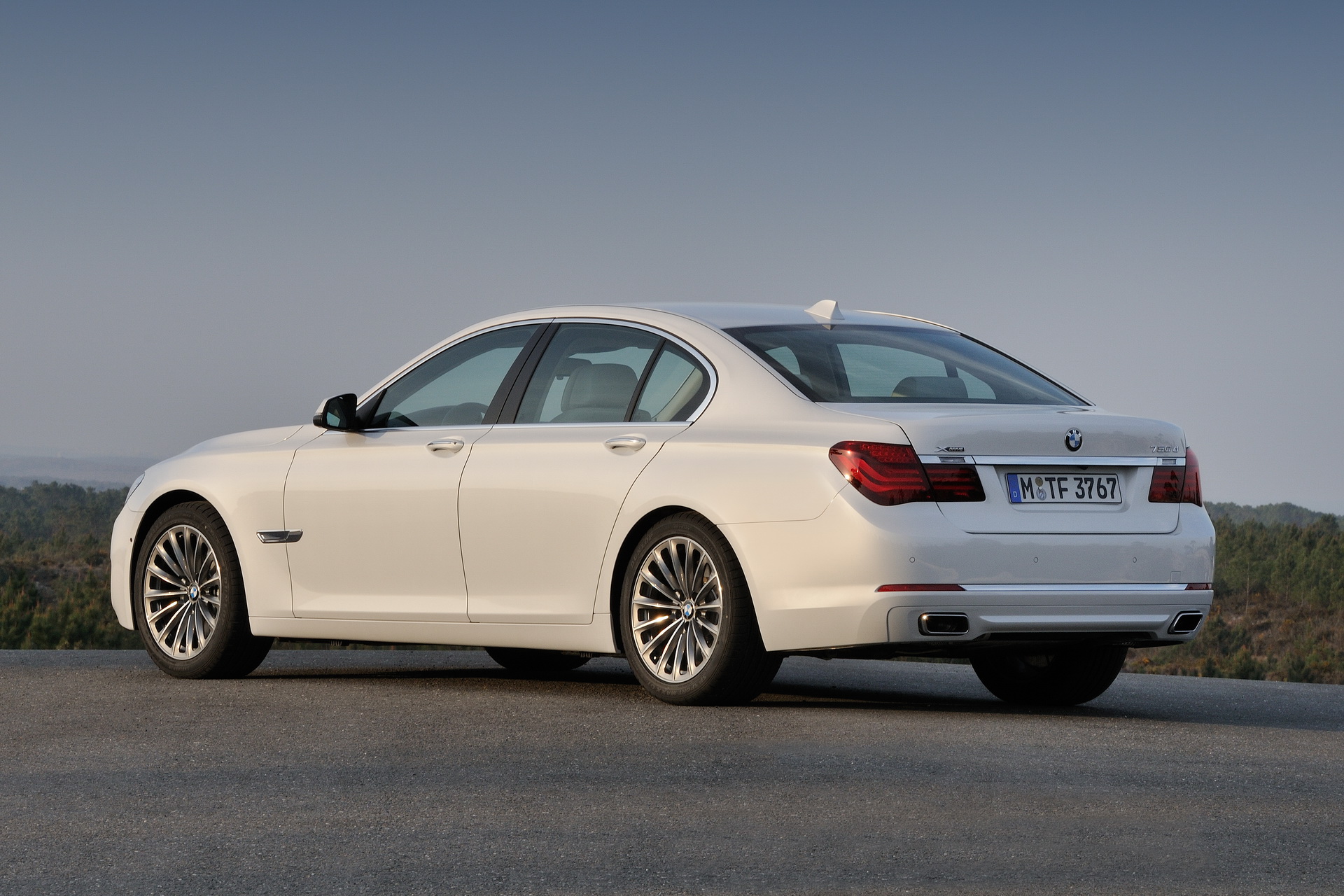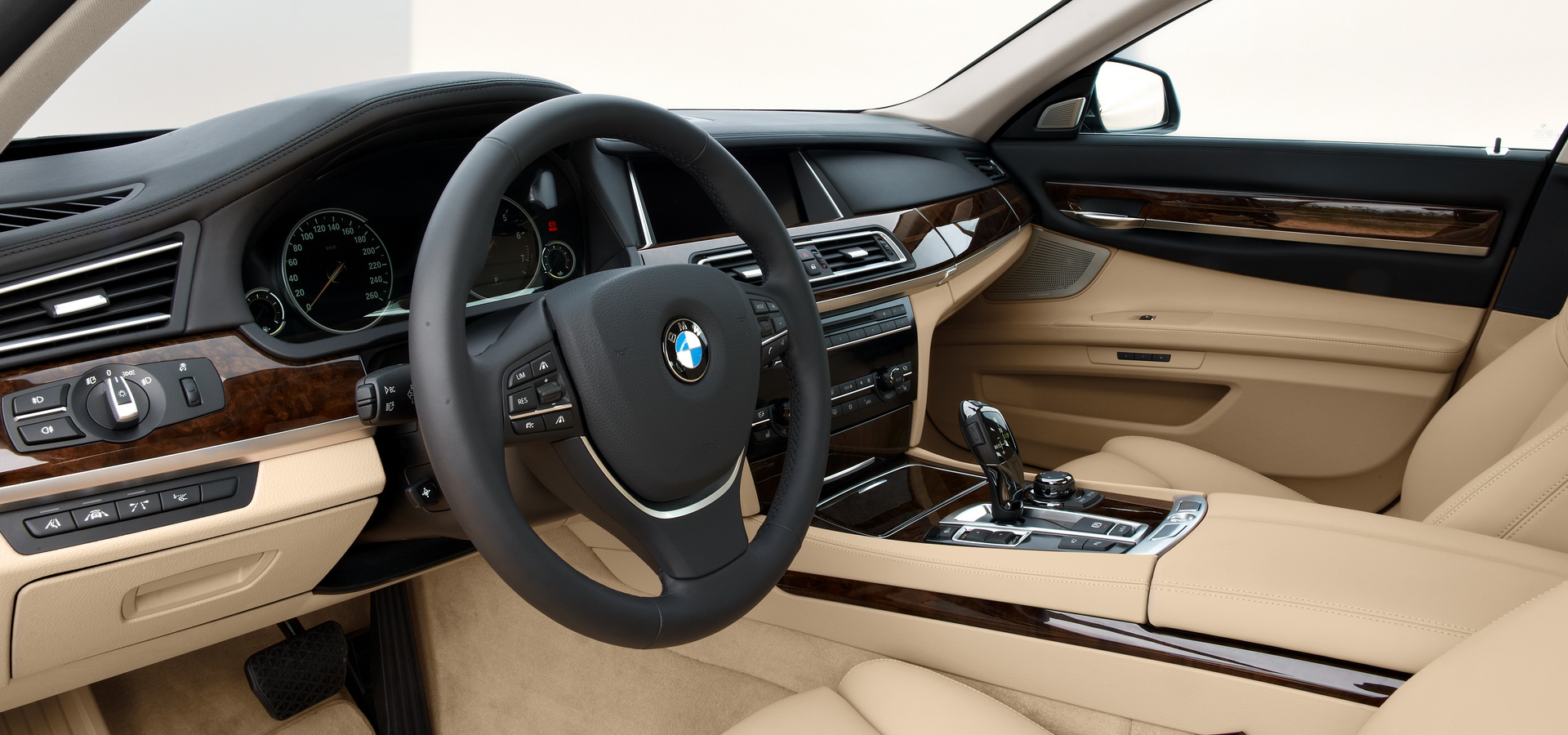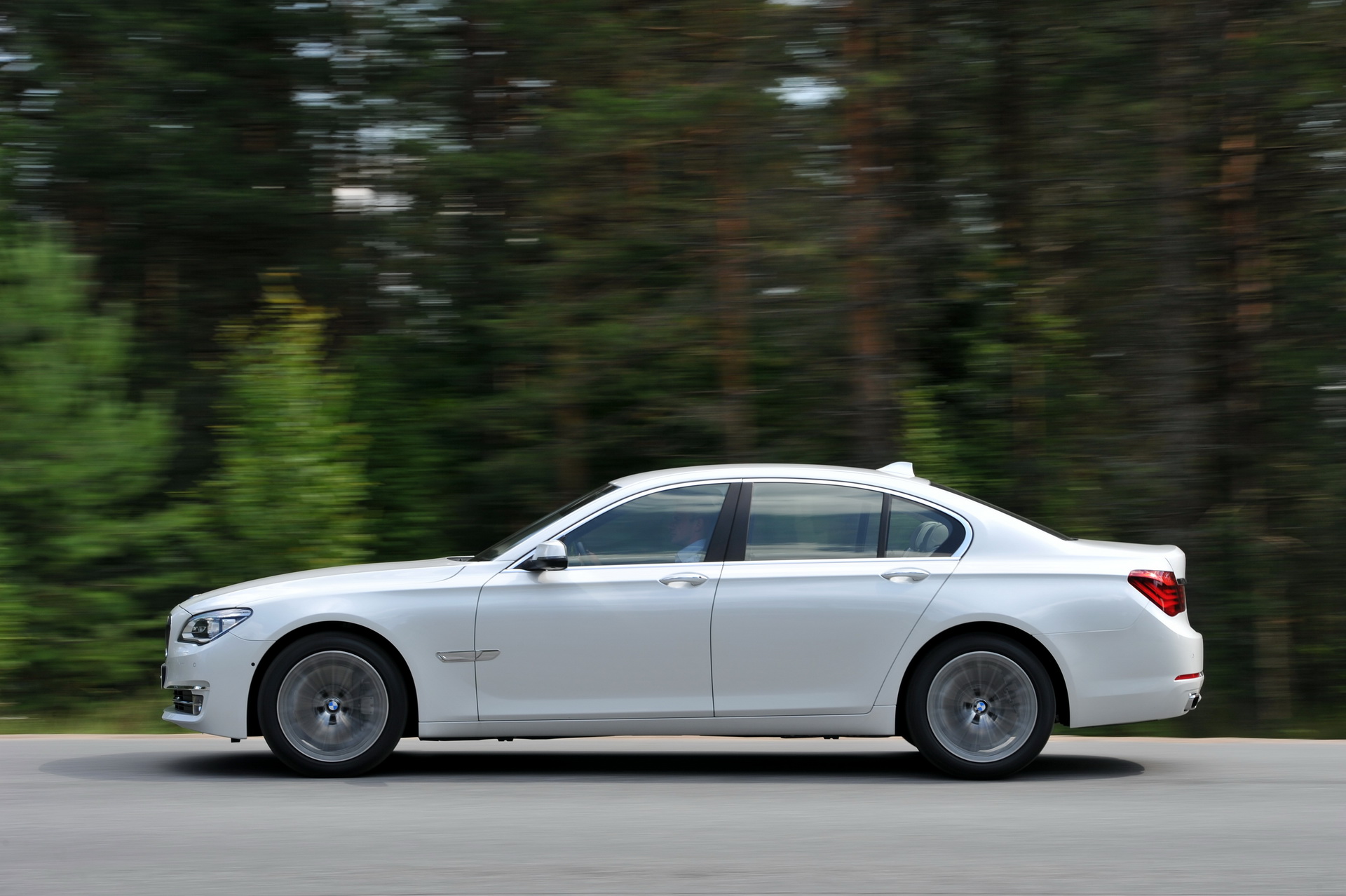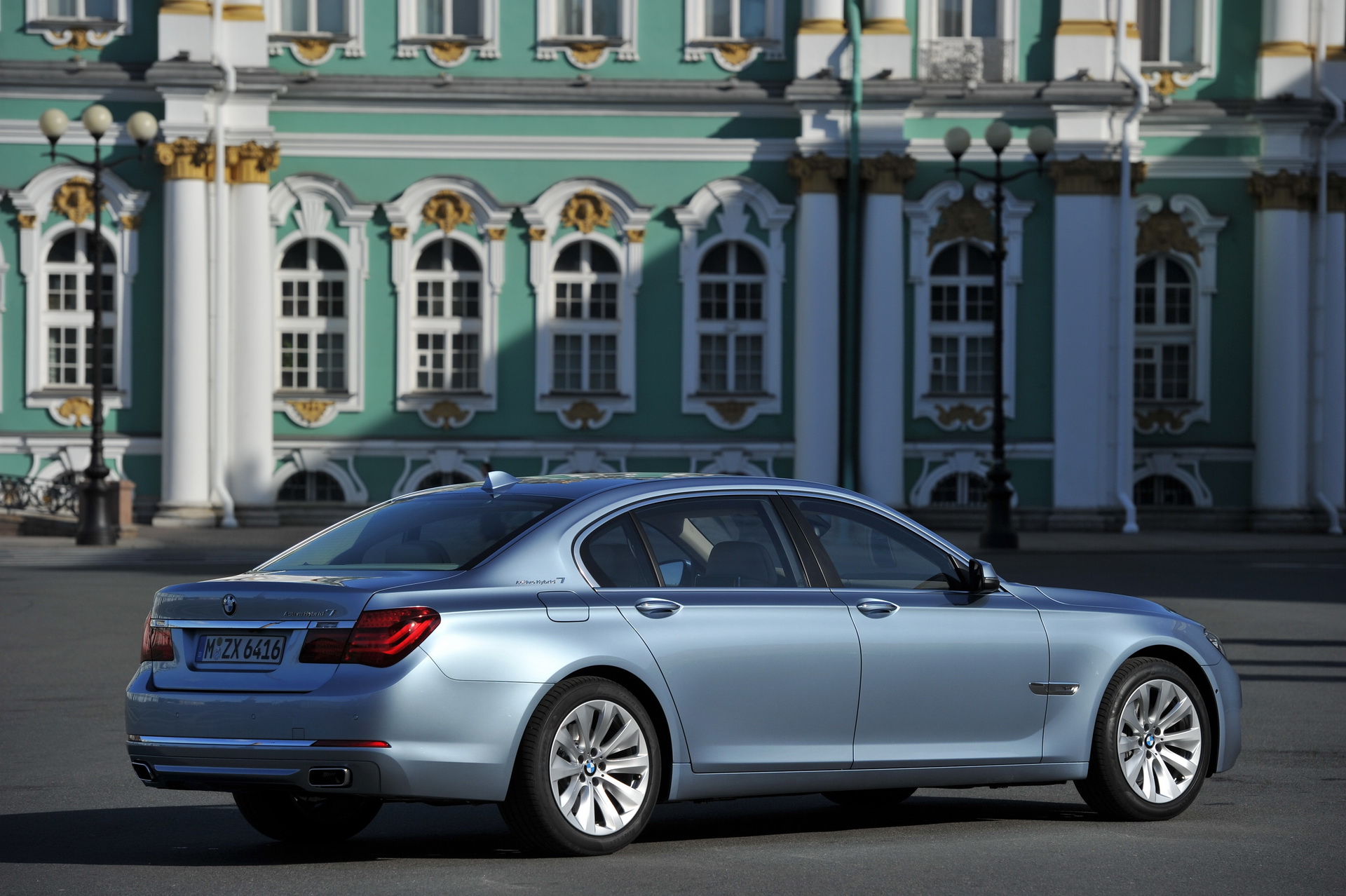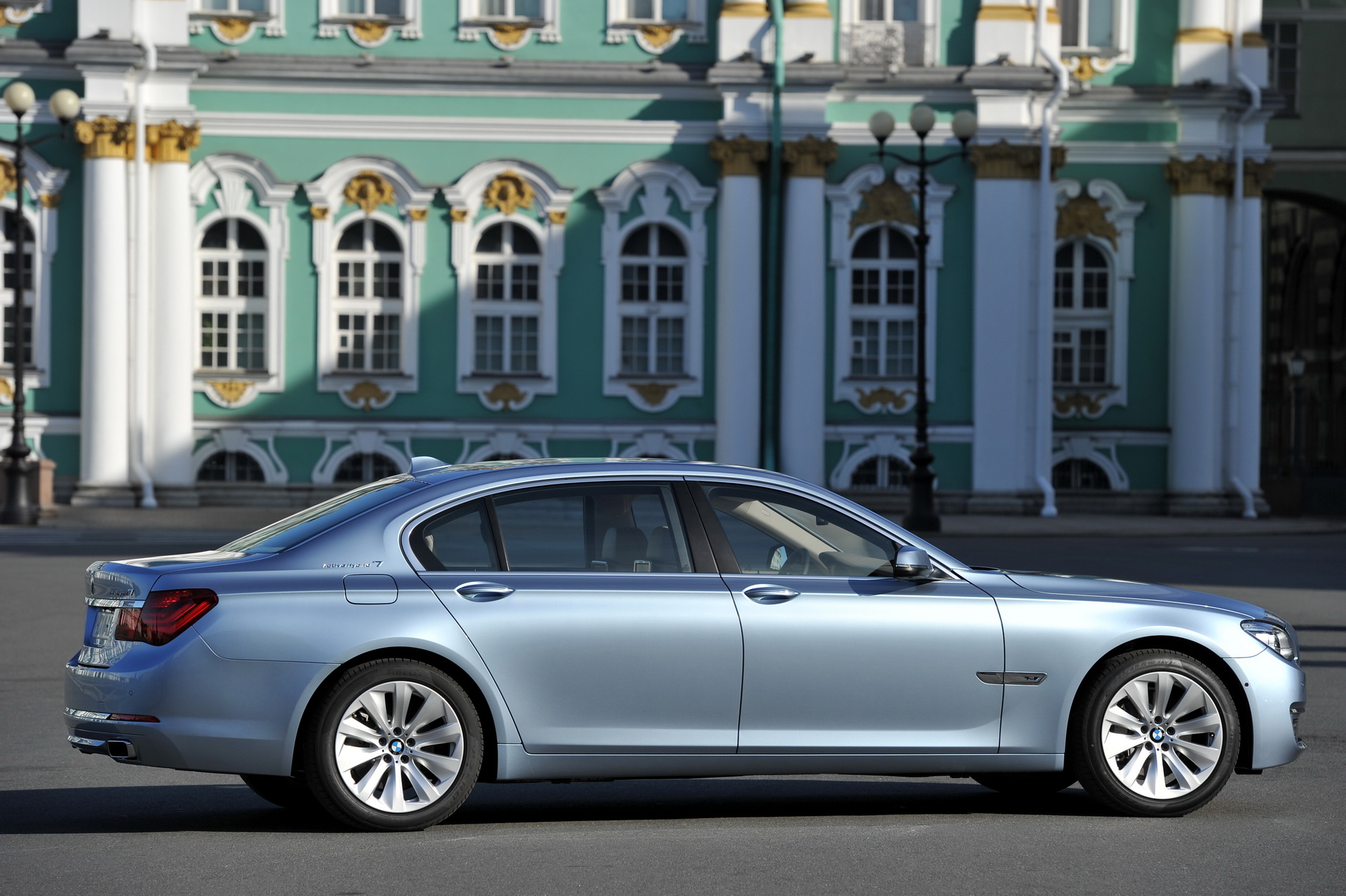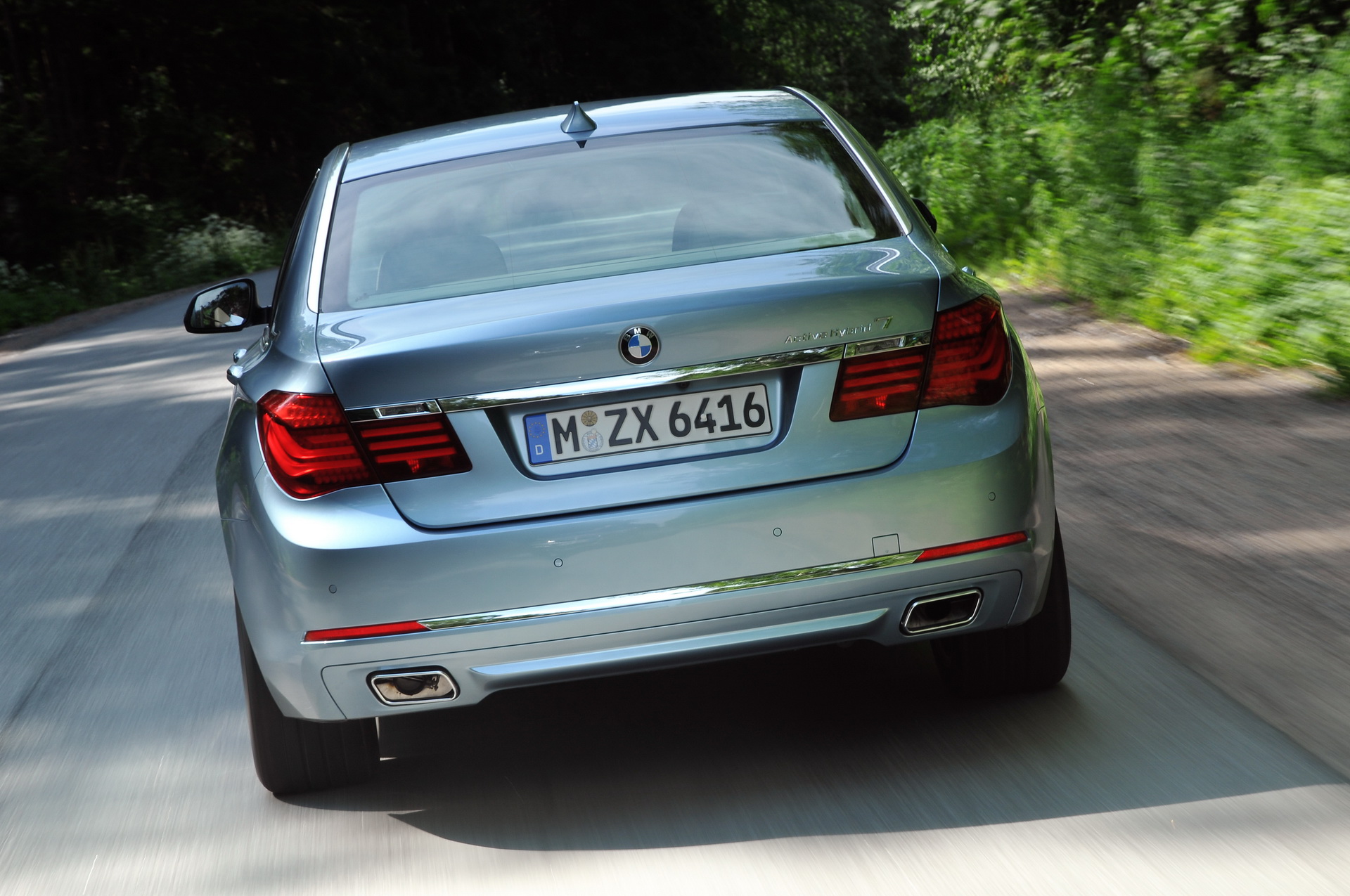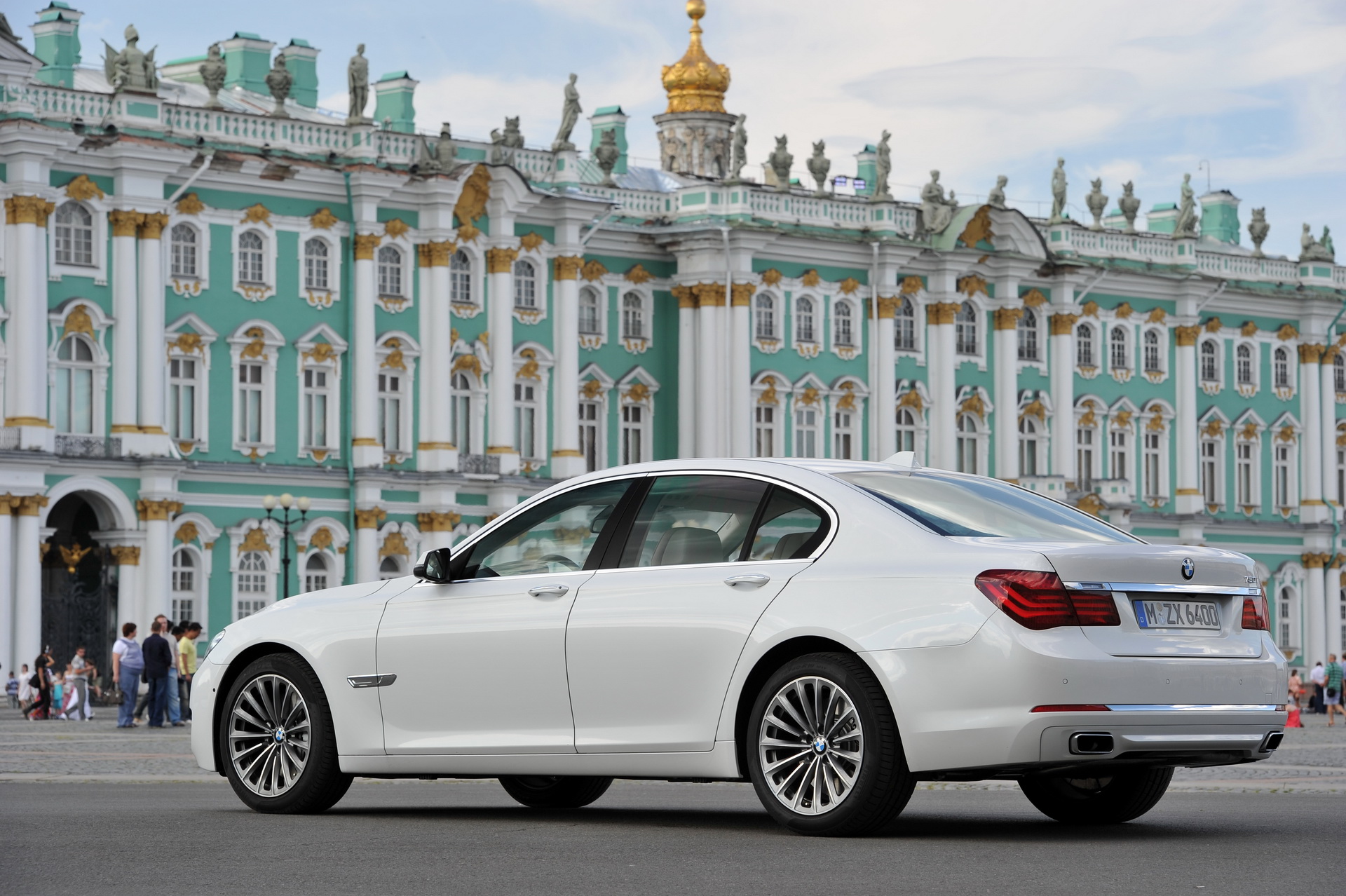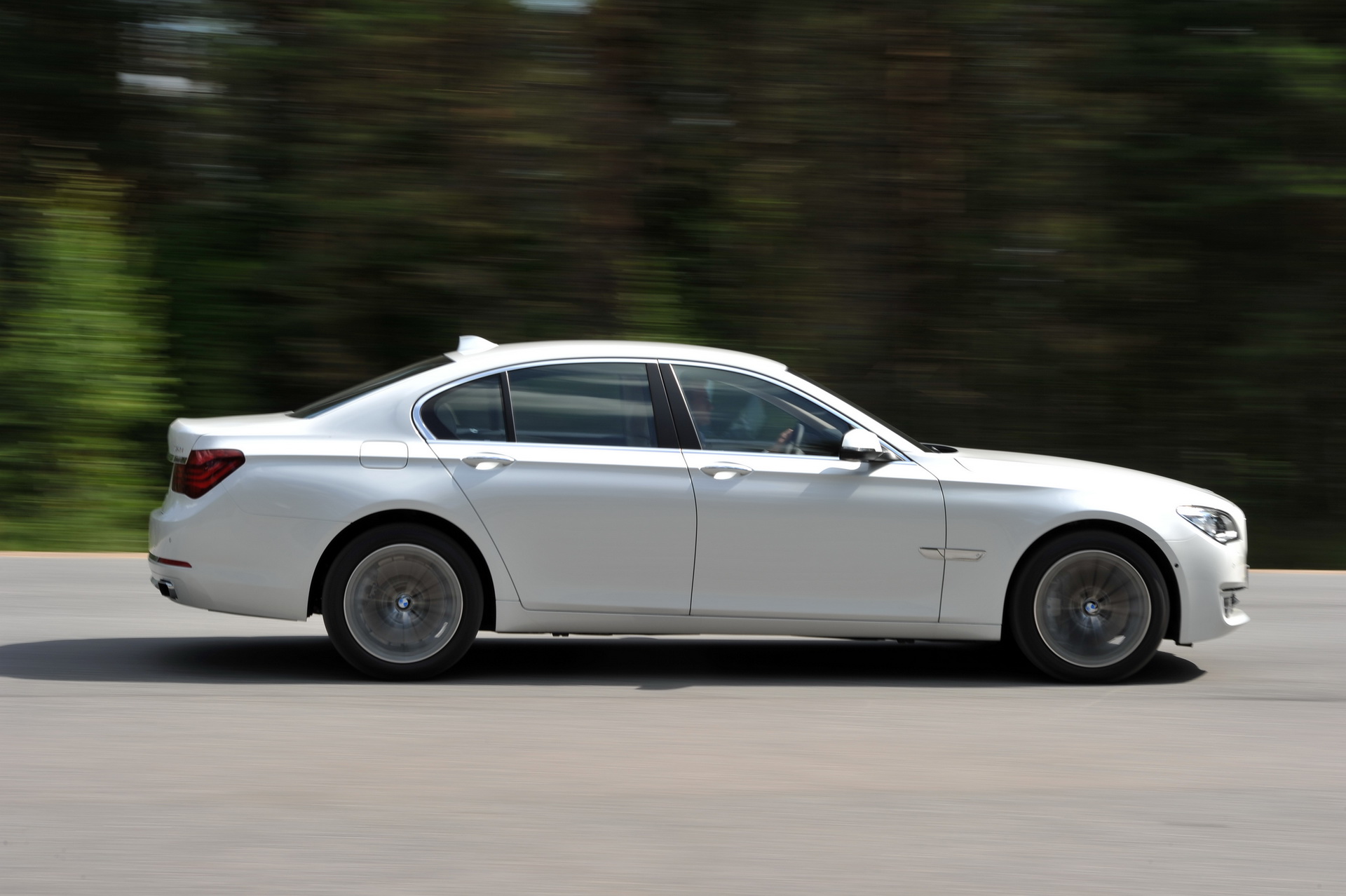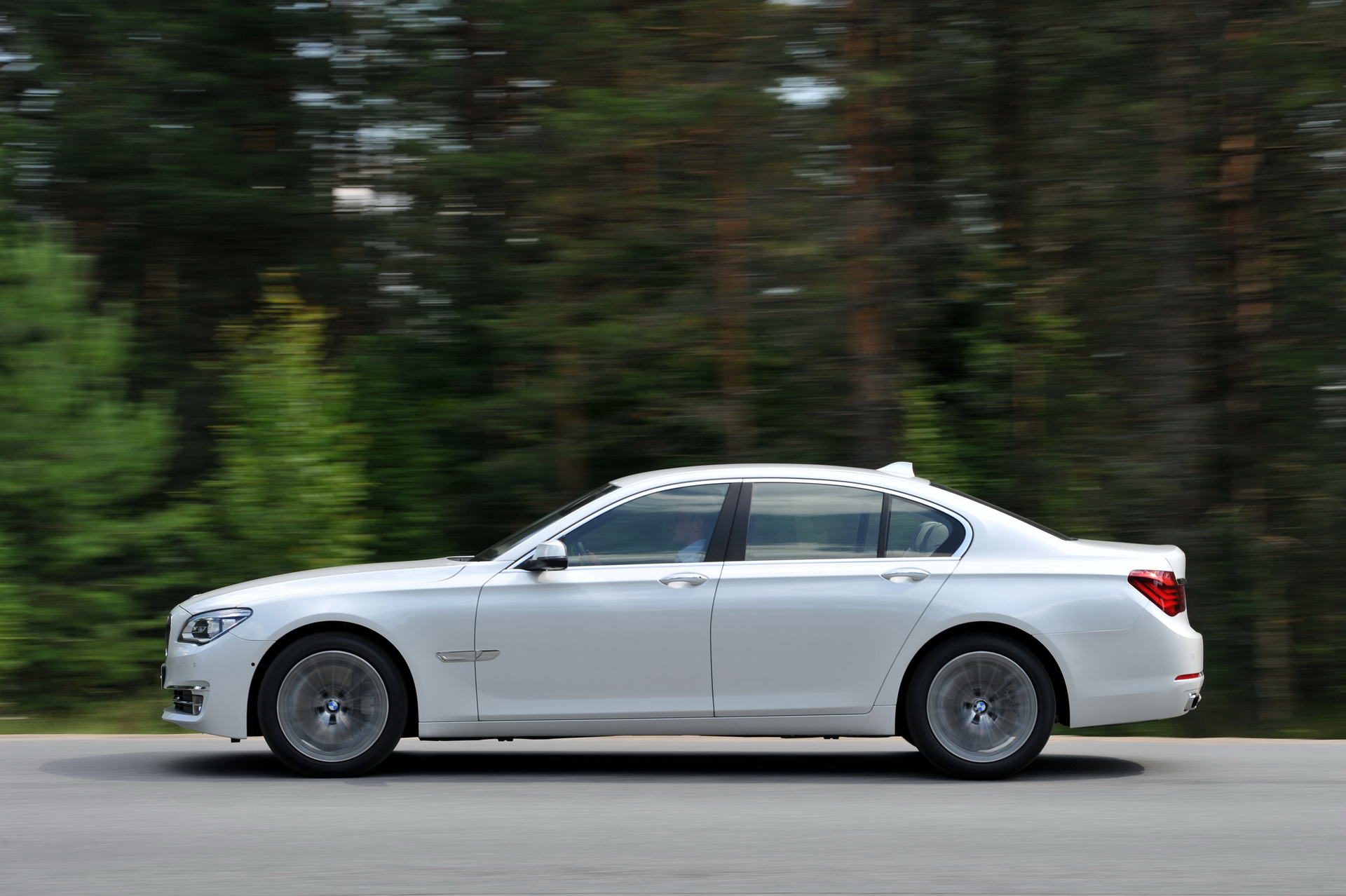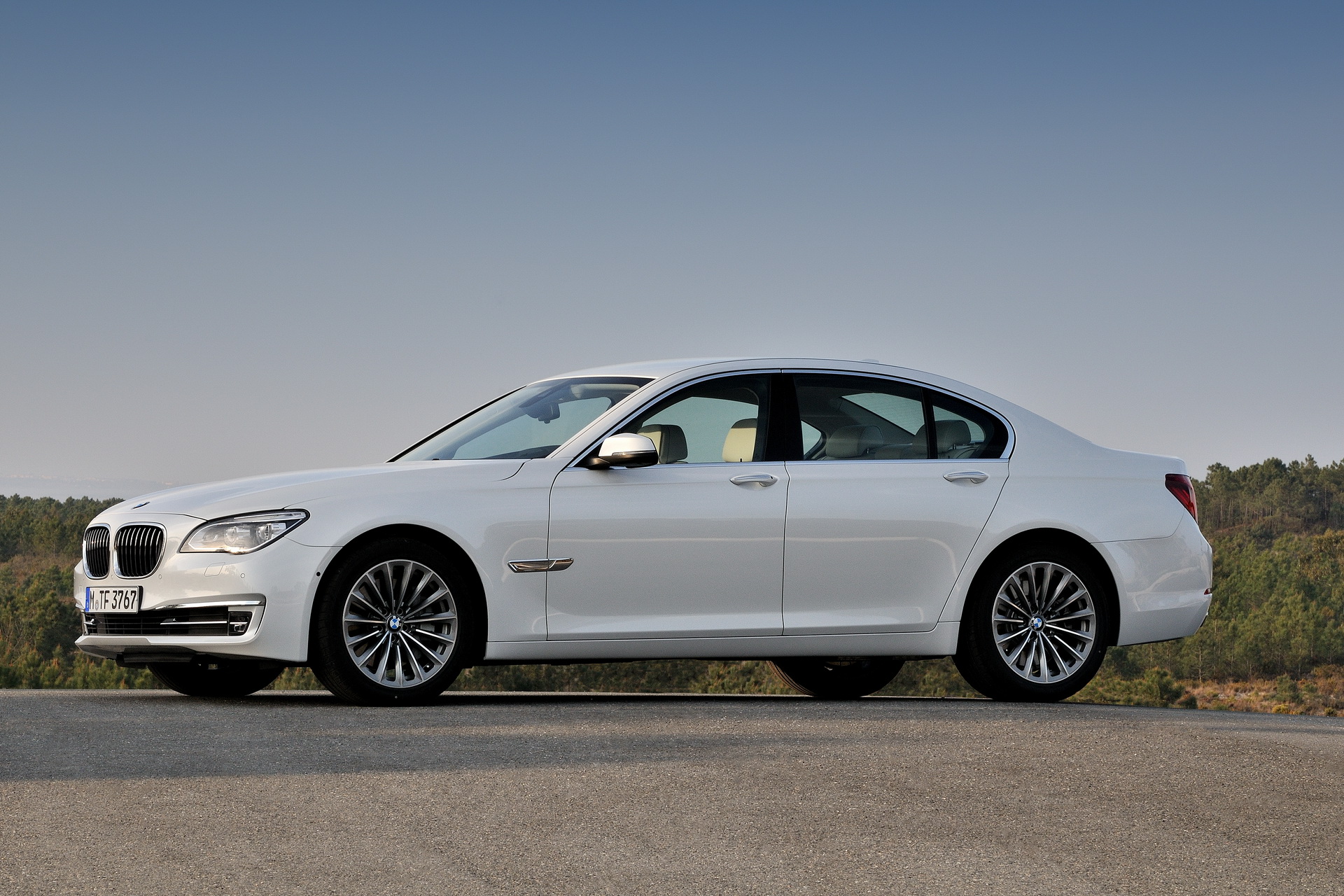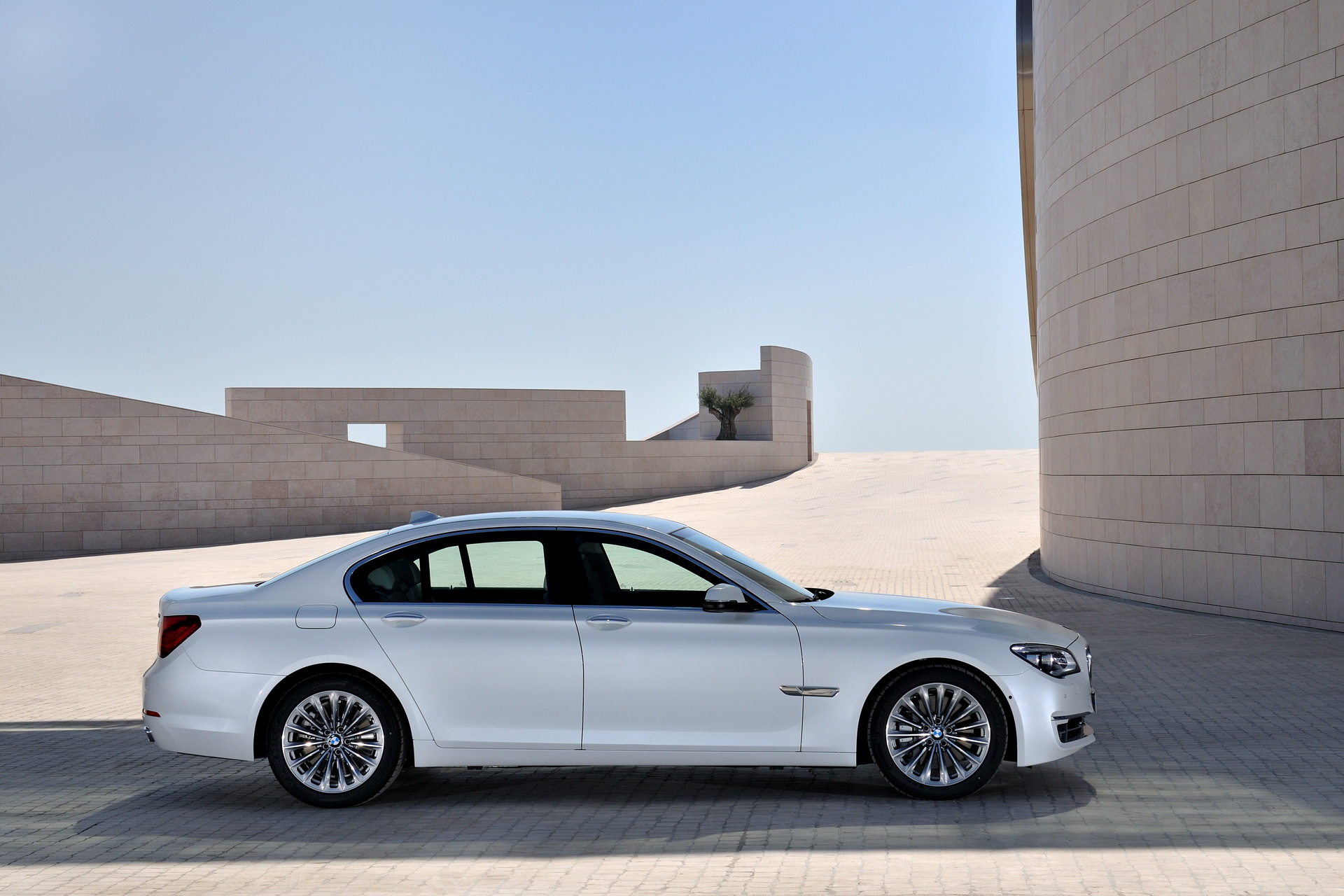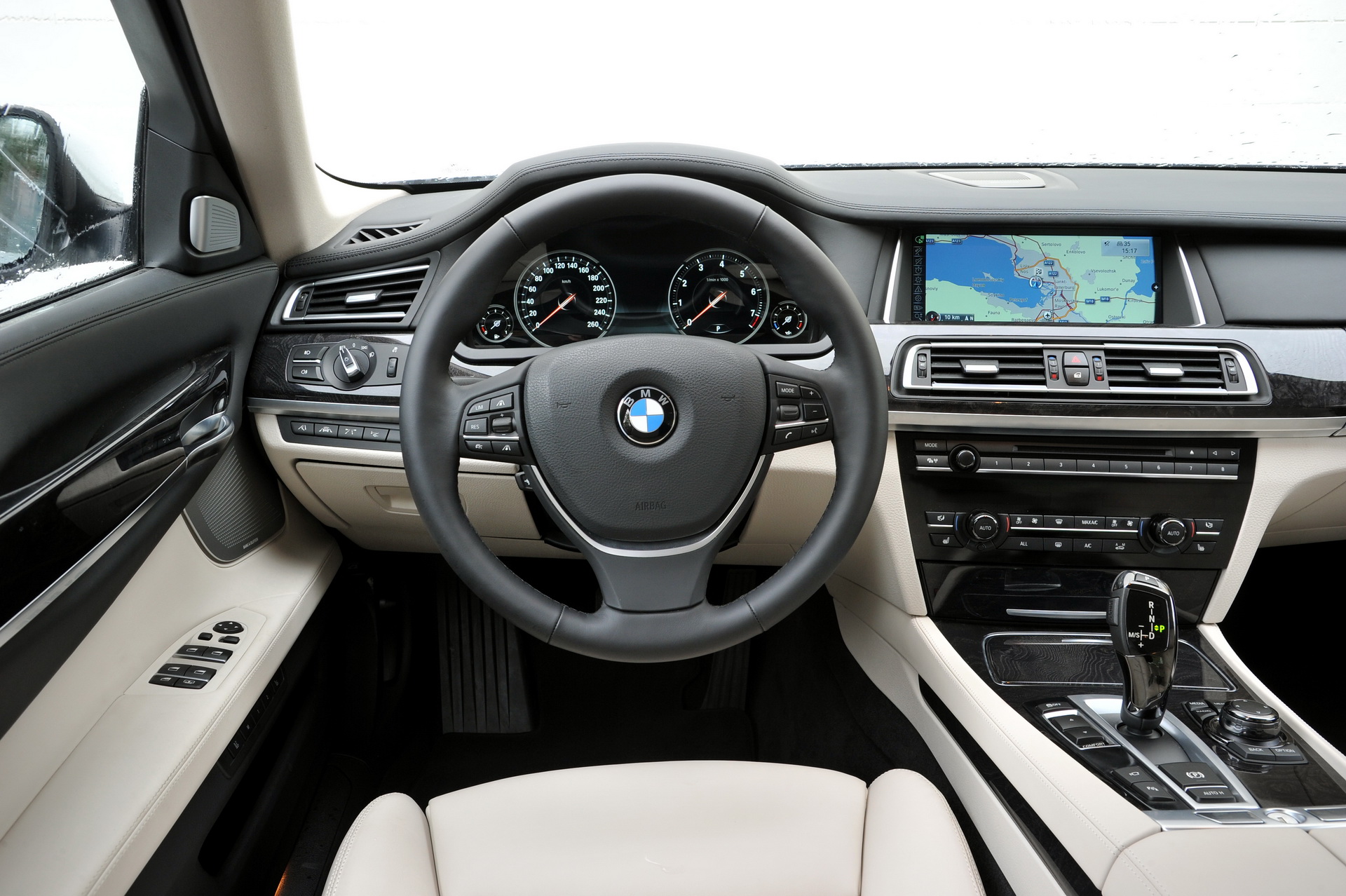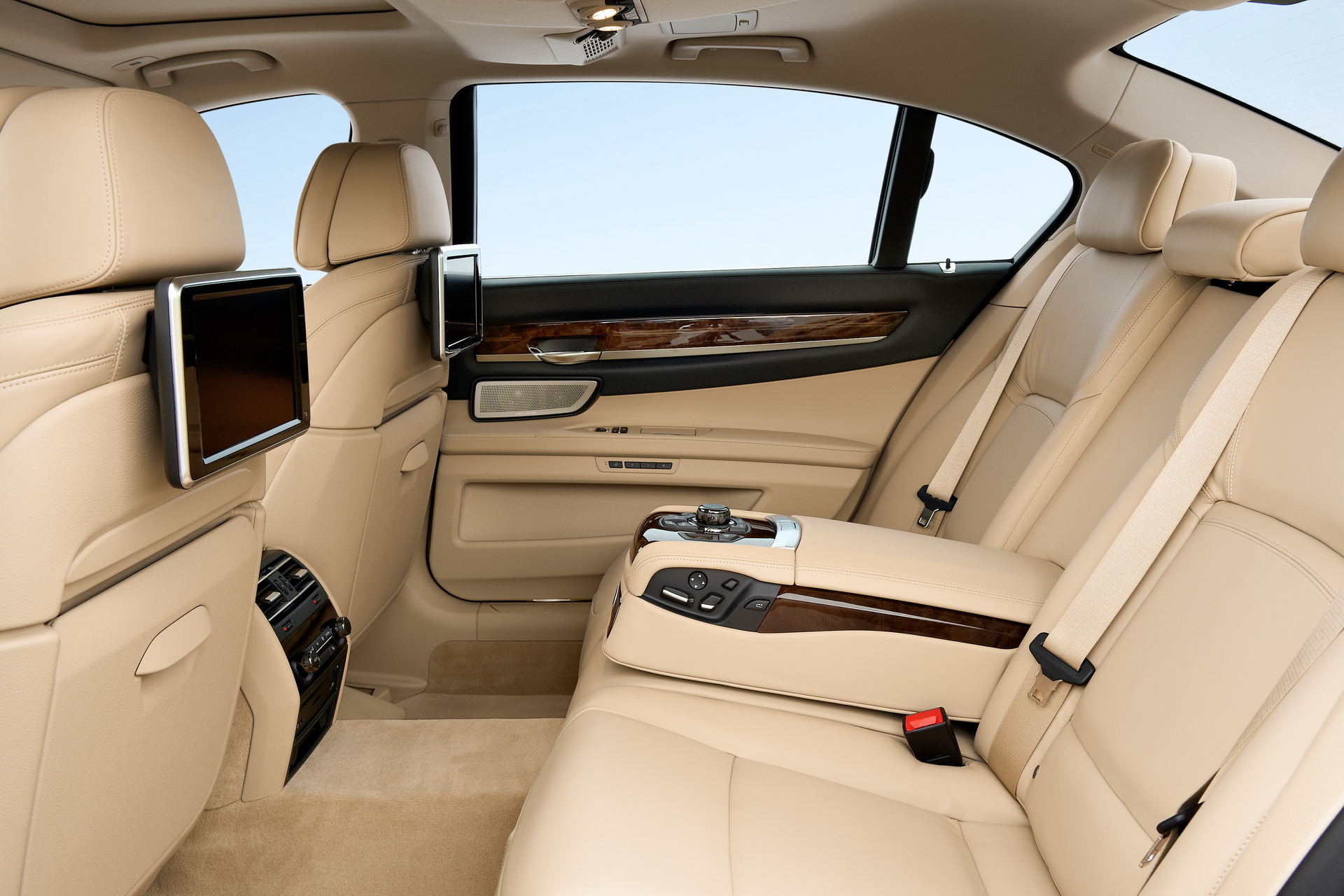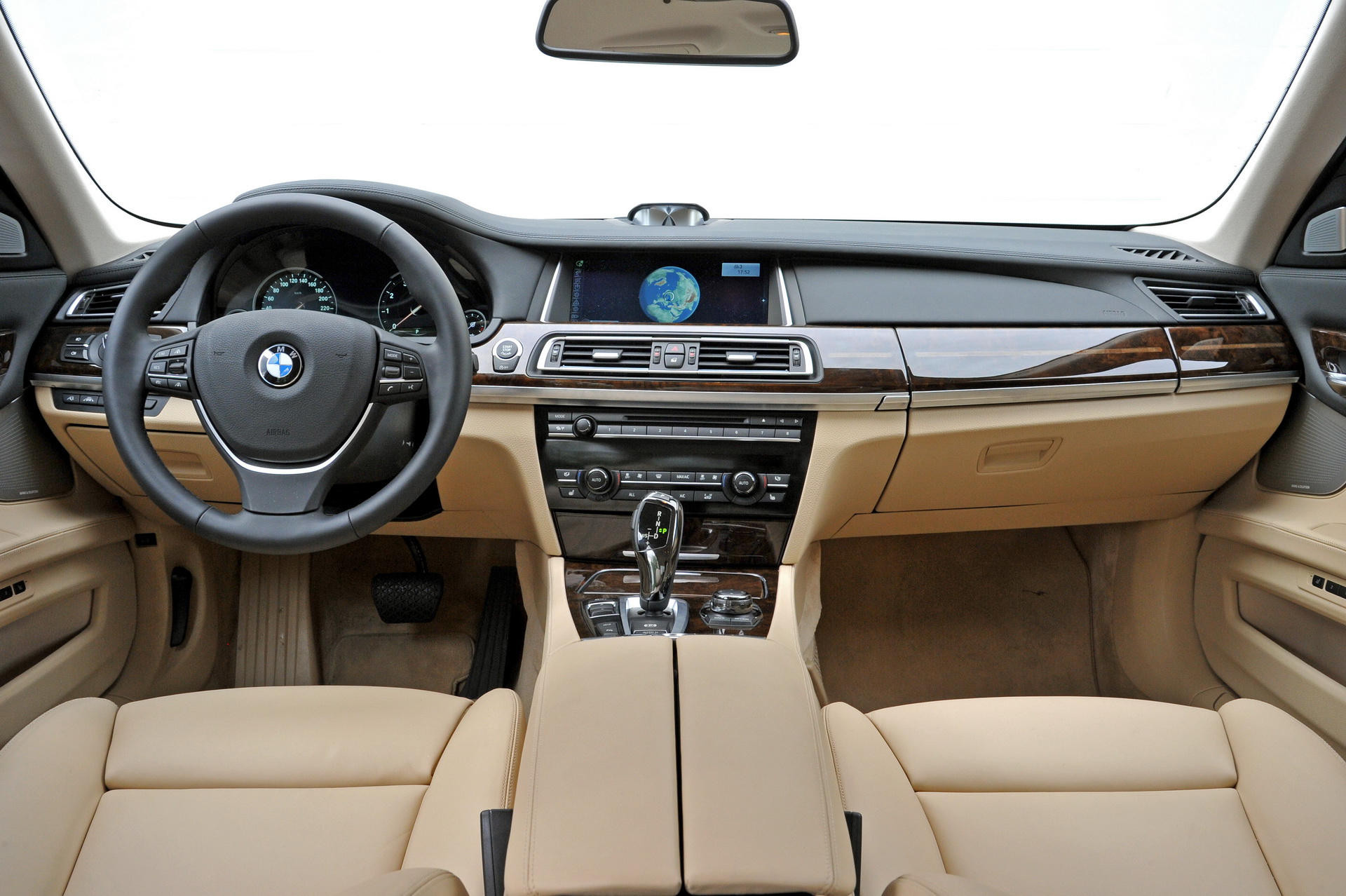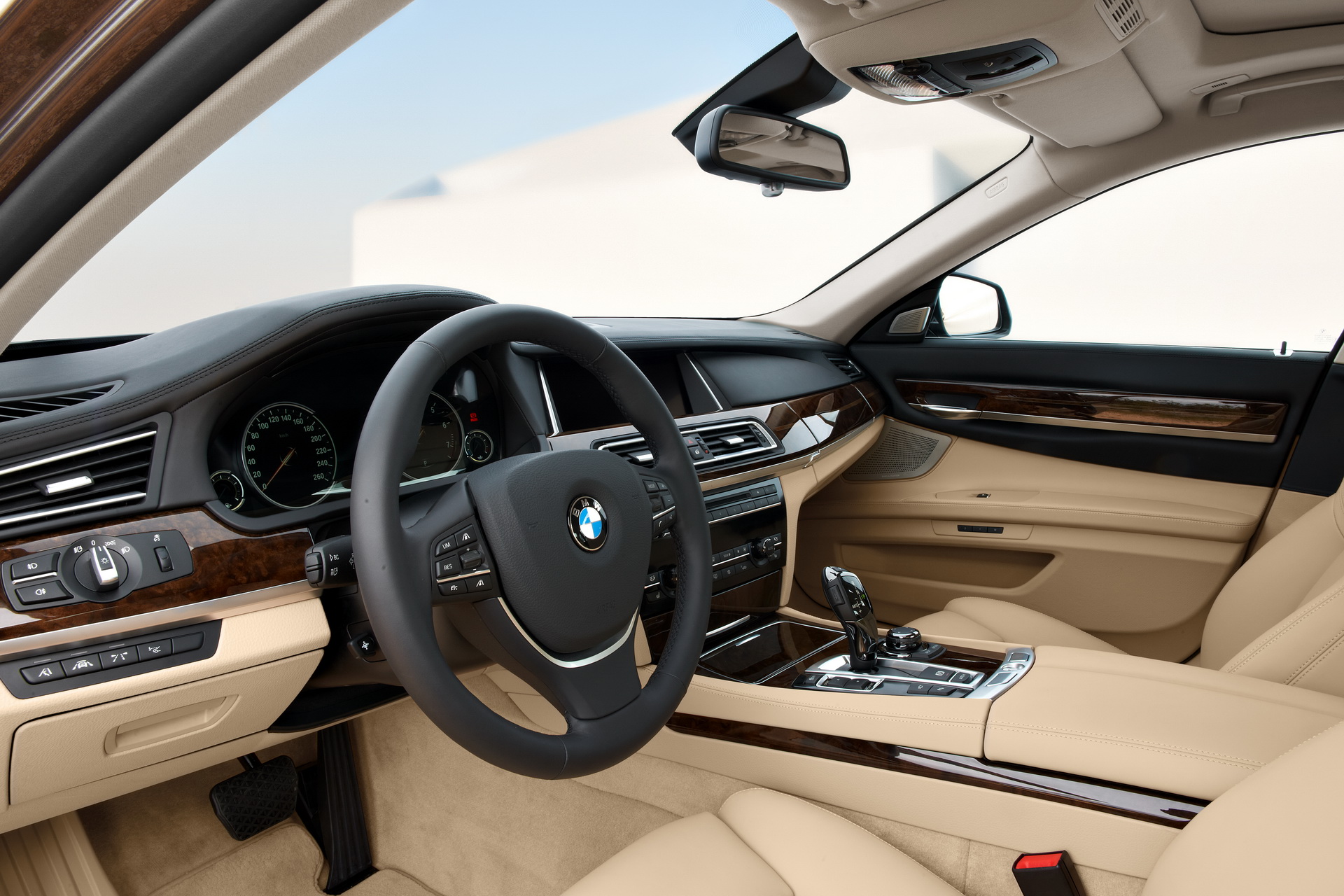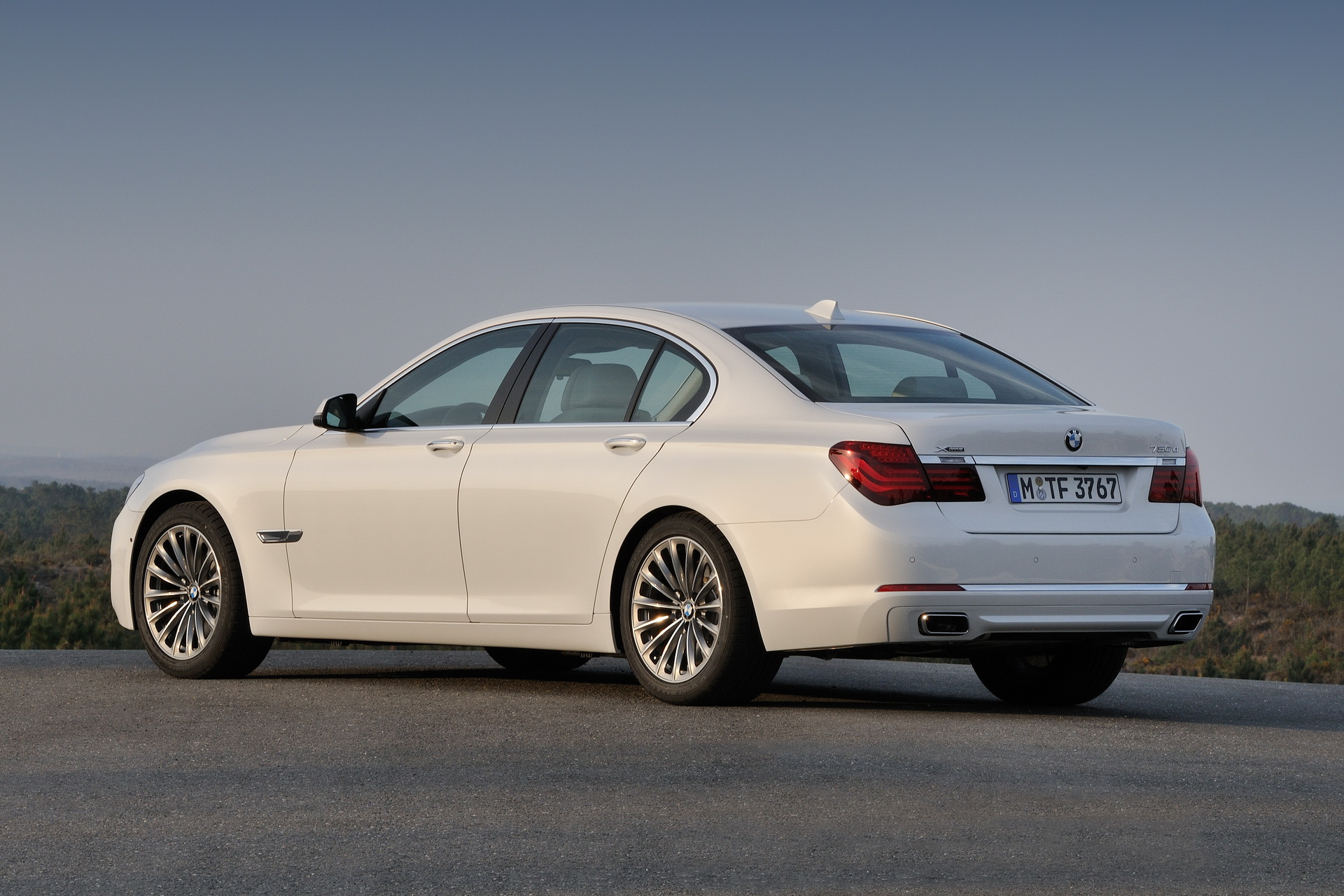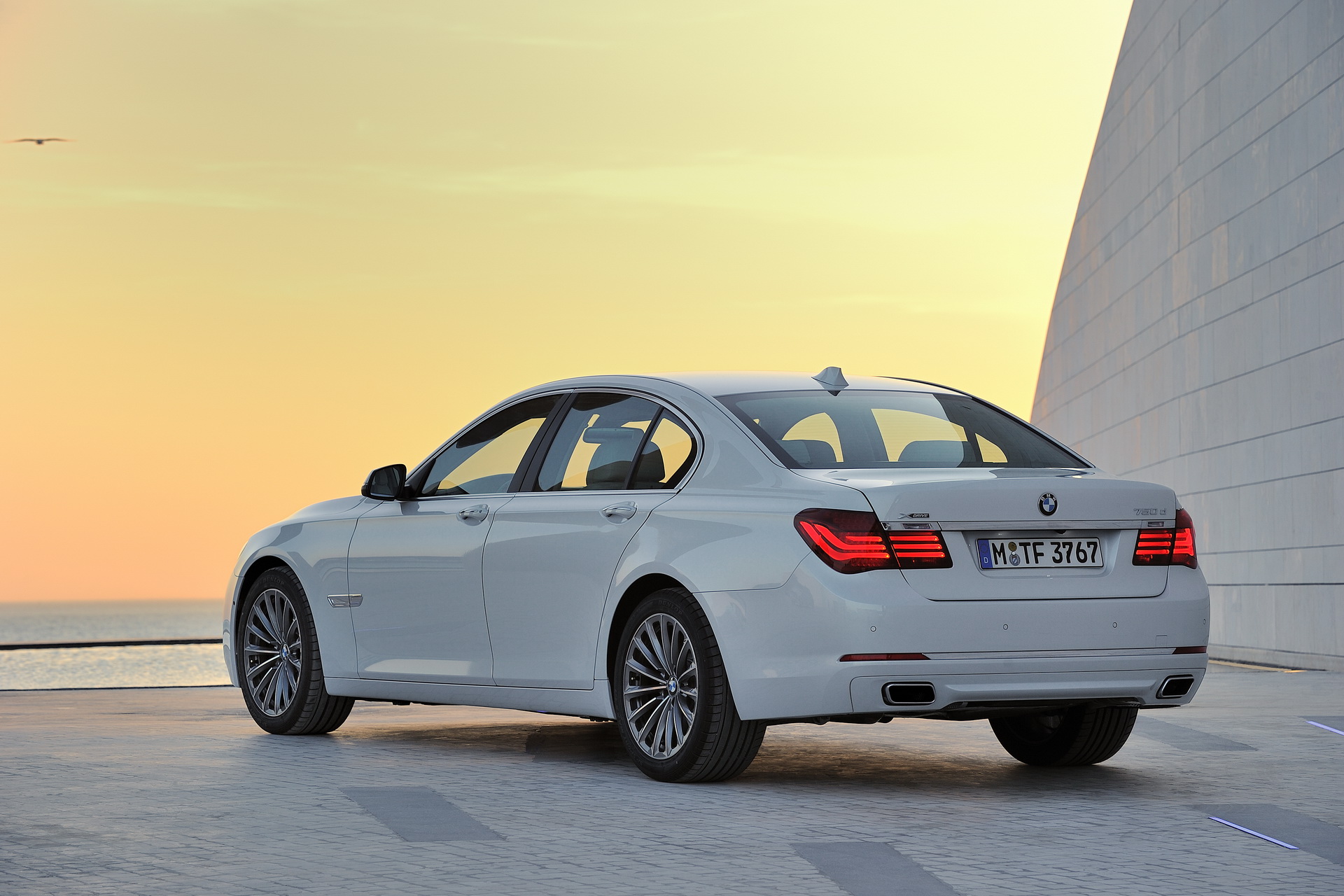Purchasing a used luxury saloon is by no means as easy as it sounds. Even if the price is right and you’re getting solid value for money, you must first make sure that you can afford to keep the car running properly.
Just because premium brands such as Mercedes, BMW and Audi charge as much as they do for products like the S-Class, 7-Series and the A8 at retail, doesn’t mean the high costs stop whenever the warranty expires. On the contrary; the older they are, the more care they’ll need – and these cars can be very demanding.
Yet, if you know what you’re looking for and you do your homework, there’s no reason why you shouldn’t be able to find a well-maintained luxury barge. Here, we’re going to be focusing on the fifth-generation, F01 BMW 7-Series, because right now, it easily offers the best value for money in its segment.
Also, a little over three years ago, I wrote a similar article about the W221 Mercedes S-Class, at one point stating the following: “I would have probably written this article about the F01 7 Series if they had slightly better prices on the second hand market. But it’s a couple of grand more expensive than the Merc, and that sort of defeats the purpose here.”
Thankfully, things have changed, as the F01 has taken a massive dive on the used car market these past couple of years, where you can now buy it for pretty much the same price as a used F10 5-Series or F30 3-Series. Meanwhile, the W221 S-Class is also cheaper to buy than before; however, it’s not quite as modern as the BMW.
Reason #1 – You can get a 750i for the price of a 2013 Civic
If you live in the U.S. you can find plenty of F01s similar to this 2009 750i we spotted on Autotrader, priced at just $13,995 with 78,000 miles (125,000 km) on the clock. For instance, we found another solid example at $14,995, only this time it’s a 2011 model, though that didn’t stop someone from buying it.
Now, if you want the facelifted (LCI) 2013MY version, that one will probably set you back at least $20,000, although it’s definitely worth it since it came with a standard 8-speed automatic, upgraded engines, full-LED headlights, improved dashboard graphics, revised kidney grille and front spoiler, self-leveling air suspension and better safety tech like the Collision Avoidance System or the Enhanced Active Cruise Control. Here’s a 2013 740i for $19,899 if you’re curious.
European buyers will of course look more towards diesel-powered versions, like the 730d or the 740d. In the UK, roughly £15,000 should land you a decent example of the former, whereas in Germany it might cost you around €15,000. These would be non-LCI models though – which is still fine and excellent value for money, as long as that’s the car you want. Check out a nice 730d we found in Germany.
Reason #2 – The tech is excellent even by today’s standards
Automakers launch their latest and greatest tech on luxobarges, and then those features trickle down the range. Did you know that the F01 7-Series was the first BMW model to have rear-wheel steering? It also debuted pedestrian recognition for its night vision system. Other impressive features include blind spot monitoring, radar cruise control, lane departure warning, the previously-mentioned 8-speed automatic, hybrid engine (on the ActiveHybrid 7), Driver drowsiness detection and a great deal more.
You can easily drive it today, whether it’s a 2009 model or the 2013 LCI version, and not feel as though you’re lacking in anything significant when it comes to safety and convenience, not to mention comfort.
Reason #3 – Owning a luxury saloon is all types of cool
If you’ve got your eyes set on something like the 7-Series, or the S-Class, A8, LS and so on, then you probably know they can be serious head-turners, even after being replaced by newer models.
Visually, the F01 was a massive improvement over its E65 predecessor, which initially had an awkward-looking front end to go with that extremely controversial ‘Bangle Butt”. That elongated rear boot lid was the stuff of nightmares. Thankfully, BMW followed that one up with a more much elegant design, one that will still look great in your driveway.
Reason #4 – Excellent performance throughout the range
U.S. buyers should probably focus on either the 740i or the 750i, especially if you can land either of them as a 2013MY car. The reason is that the facelifted 750i got a revised 4.4-liter turbocharged V8, good for 450 PS (444 HP) and 650 Nm (479 lb-ft) of torque, whereas the 740i got a new N55 3.0-liter twin-turbo petrol, producing 320 PS (315 HP) and 450 Nm (332 lb-ft) of torque. The latter would definitely be more fuel efficient, so keep that in mind.
In Europe, the 730d remains the most balanced choice you can make as far as purchasing a used 7-Series. Its 3.0-liter inline-six diesel has 258 PS (255 HP) and 560 Nm (413 lb-ft) of torque, and should be able to get you from zero to 100 km/h (62 mph) in around 6 seconds flat.
Still, the quickest overall is of course the 750i, which needs just 4.6 seconds to get to 100 km/h, in the all-wheel drive version.
As for other variants such as the 760i, 750d or the ActiveHybrid 7, those are going to take you way over budget if you’re looking to spend no more than $15,000 or $20,000.
Reason #5 – None of its rivals make more sense as a used purchase
When BMW came out with the F01, it was easily the most modern-looking, efficient and dynamic luxury saloon in the world. The Audi A8 D3 was not aging all that gracefully, and Jaguar had yet to launch their all-new XJ. As for the Lexus LS and the Mercedes S-Class, the former was simply an inferior product and the latter wasn’t as tech-savvy as the BMW.
So for anywhere between $15,000 and $20,000, chances are you won’t find something more satisfying in this segment than the F01, at least not if you’re looking at the big picture. Besides, since you can even find them for less than 15 grand, you might as well not even consider any alternatives.
And one more thing…
Let’s suppose that you’ve find the perfect luxury Bimmer, which fits your price range, looks impeccable and comes with all bells and whistles. Before you sign on the dotted line, you should run a thorough check on its history, see if it’s been involved in any accidents or (even worse) written off by an insurance company, and verify it’s got a clean title. Finally, and we can’t stress this enough, be sure that you can afford the running costs, insurance (this can be a drag) and the odd mishap (a specialist is usually cheaper than an official dealer). And, if the stars align and everything is nice and dandy… then congrats on your new ride!




